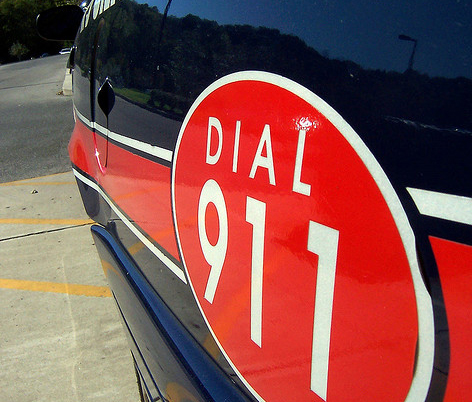A recent FBI report verified the number of active-shooter incidents in this country is rising. There are many theories about why this is occurring. I support the idea that many of these incidents are the result of “copycats” or “modeling” among disturbed people looking for publicity.
Just this week in Yucca Valley, a high school student was arrested after authorities learned about threats to kill some teachers. Weapons were recovered from the student’s home. Early warning prevented a potentially tragic scenario.
While much has been done to prepare police officers to respond to active shooters there is still a lot of work to be done in educating the public. Active shooter incidents can be prevented if early warning signs are recognized and acted upon.
Teachers, counselors, workplace managers and supervisors – even students – can play a role in keeping their environments safe. The people who have the most day-to-day interactions with potential mass killers are the ones most likely to sound the early warning and set into motion early intervention.
I recently spoke to the administrator of school police unit. He said information officers learned from students and acted upon by officers prevented a suicide. That alone is a great argument for school officers.
I recall on many occasions police units responding to a workplace and standing by with management as a disturbed employee was suspended or terminated. On each occasion managers acted to ensure the safety and security of the workplace in response to behavior displayed by the employee. This was usually followed up by referral to mental health professionals.
It’s the early identification and action taken by everyday people that can be the most effective tool in preventing an active shooter before they even get started. Retired Lt. Dan Marcou, a nationally recognized law enforcement trainer, has identified five stages at which a potential active shooter incident can be disrupted.
Click here to read more from Marcou
Fantasy stage: A suspect fantasizes about hurting others and shares his thoughts. This is the best time to intervene. If authorities are notified, the threat can be dealt with before anybody gets hurt.
Planning stage: Talk is replaced with action.
Preparation stage: The shooter starts gathering the equipment he’ll need to execute his deadly plans.
Approach stage: The shooter is en route to carry out his deadly plans.
Implementation stage: The mass killings begin. This is when police race to the danger to eliminate the threat.
What you hate to hear are people after the fact saying, “I should have said something.”
If you see anything, say something.
It’s critical that community members understand how important personal vigilance is in ensuring our schools, workplaces and common areas remain safe.
Our best bet for preventing these horrible crimes is to stop them before they even start.
Joe is a retired Anaheim Police Department captain. You can reach him at jvargas@behindthebadgeoc.com
 Behind the Badge
Behind the Badge



